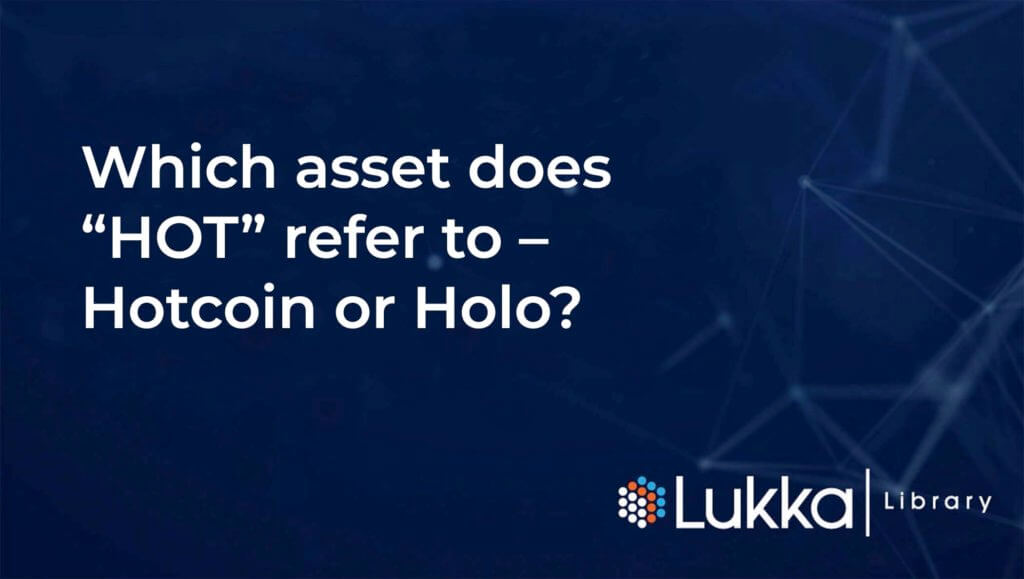At this point in the evolution of crypto, one thing is clear – there is a data problem. In this decentralized industry that has been widely unregulated since its inception, it is no surprise that data for this new asset class is scattered, inconsistent and difficult to reconcile.
Unlike traditional asset classes, the crypto ecosystem does not yet have the concept of a security master file or unique, universally accepted identifiers such as CUSIP or ISIN. Instead, exchanges are left to decide tickers and naming conventions on their own, resulting in inconsistent asset names and tickers across the crypto universe. The name assigned to an asset is important not only for data tracking, but also for accurate reconciliation and processing. Without standard identifiers the problems only multiply from here.
One issue is that across numerous crypto exchanges, the same ticker can refer to multiple assets. For instance, the ticker “BTT” refers to both Blocktrade Token and BitTorrent, depending on the exchange. This sort of mix up, buying Blocktrade Token when intending to buy BitTorrent, could be quite a costly mistake.
The same asset can also be referred to by multiple tickers. As an example, Bitcoin Cash ABC is known as the following tickers across various exchanges – “BCH”, “bab”, “BCHABC”, etc. The challenge becomes apparent when business operators run a gain/loss report and the output has multiple line items for the same asset because the tickers are not unified. With some manual research, albeit time consuming, one can identify how an exchange refers to an asset at any given moment. But what happens when transactional data needs to be tracked, reconciled, and processed historically?
Crypto exchanges also do not store historical reference data, and the crypto ecosystem is far from static. Adding another level of complexity to the industry’s data challenges, exchanges are constantly listing and delisting assets, changing asset names and tickers, and reusing tickers over time. There are cases where an asset was active on an exchange for a period of time, and later, the same ticker was reused for a completely new asset on the same exchange. For example, on a major exchange, the ticker “HOT” referred to the asset Hotcoin in 2018, but is now referred to the asset Holo in 2019.
Without historical reference data, an investor holding HOT, that traded in 2018, would have a difficult time valuing or reconciling transactions in the year 2019. At the time of reconciliation, the available exchange data will show that “HOT” refers to the asset Holo, while the actual investors’ holding is of the asset Hotcoin. Historical reference data, available through Lukka Reference Data, shows that on a trade date in 2018, “HOT” refers to Hotcoin.
When the investor eventually sells their holding of Hotcoin, possibly on a second exchange, it is critical that they have reference data to identify the ticker the new exchange uses to identify the asset. Historical reference data is also essential to calculating cost basis accurately. Without intelligence recognizing that the ticker “HOT” was reassigned, and the specific dates for which each distinct asset was active, one would not be able to discern whether their holding of HOT is a new acquisition of Holo or an old holding of Hotcoin. Consequently, the calculated cost basis could be based on a combination of incorrect assets.
Lukka Reference data is the golden copy of crypto reference data. It collects, processes, and normalizes data for over 3,000 assets across more than 40 sources. For more information on Lukka Reference Data visit lukka.tech or email [email protected].
Learn more about Crypto Accounting





